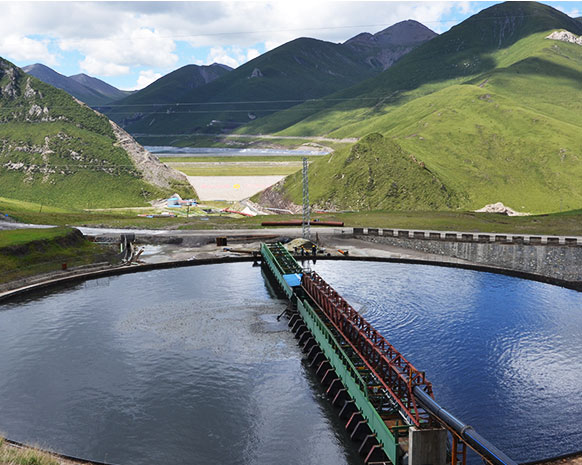Dust in organised discharge is collected and processed with dust removal equipment. Dust in unorganised discharge is controlled with adding fog cannons, atomising spray devices, sprinklers, wind and dust suppression nets, closed storage, and other measures.
High-concentration sulphur dioxide and nitrogen oxides in the smelting flue gas are recovered through the acidic gas production systems to obtain by-products such as sulphuric acid and nitric acid. The combined process technology of dry activated coke desulphurisation and highly effective wet scrubbing and the highly effective hydrogen peroxide desulphurisation are used to recover flue gas to efficiently remove sulphur dioxide and heavy metals.
All of our smelting companies have installed online monitoring equipment to dynamically monitor the concentration of gas pollutants in real time. They also regularly entrust third-party agencies to inspect the air pollutants emitted, and monitor the gas pollutants and surrounding air quality regularly on a quarterly basis.










